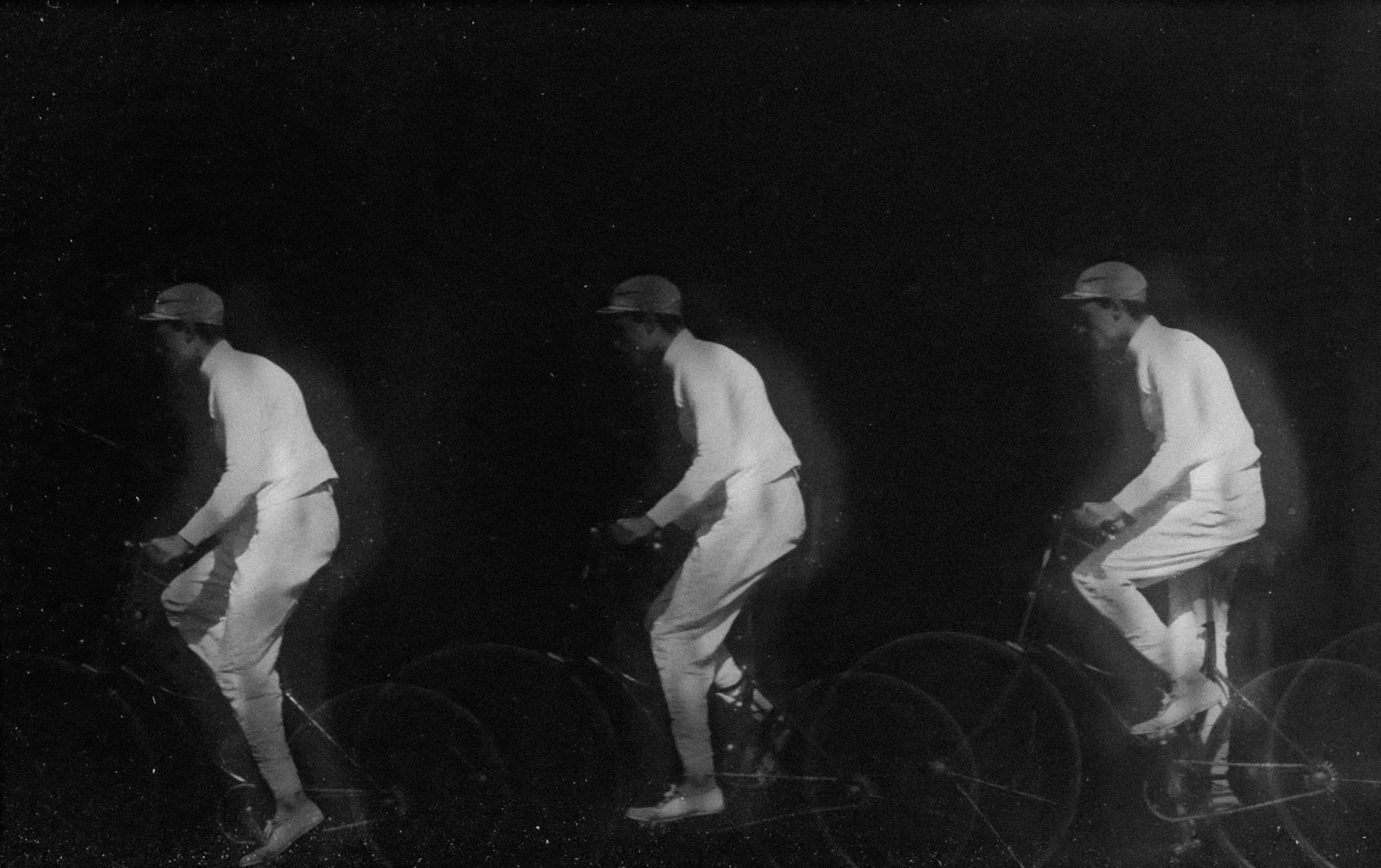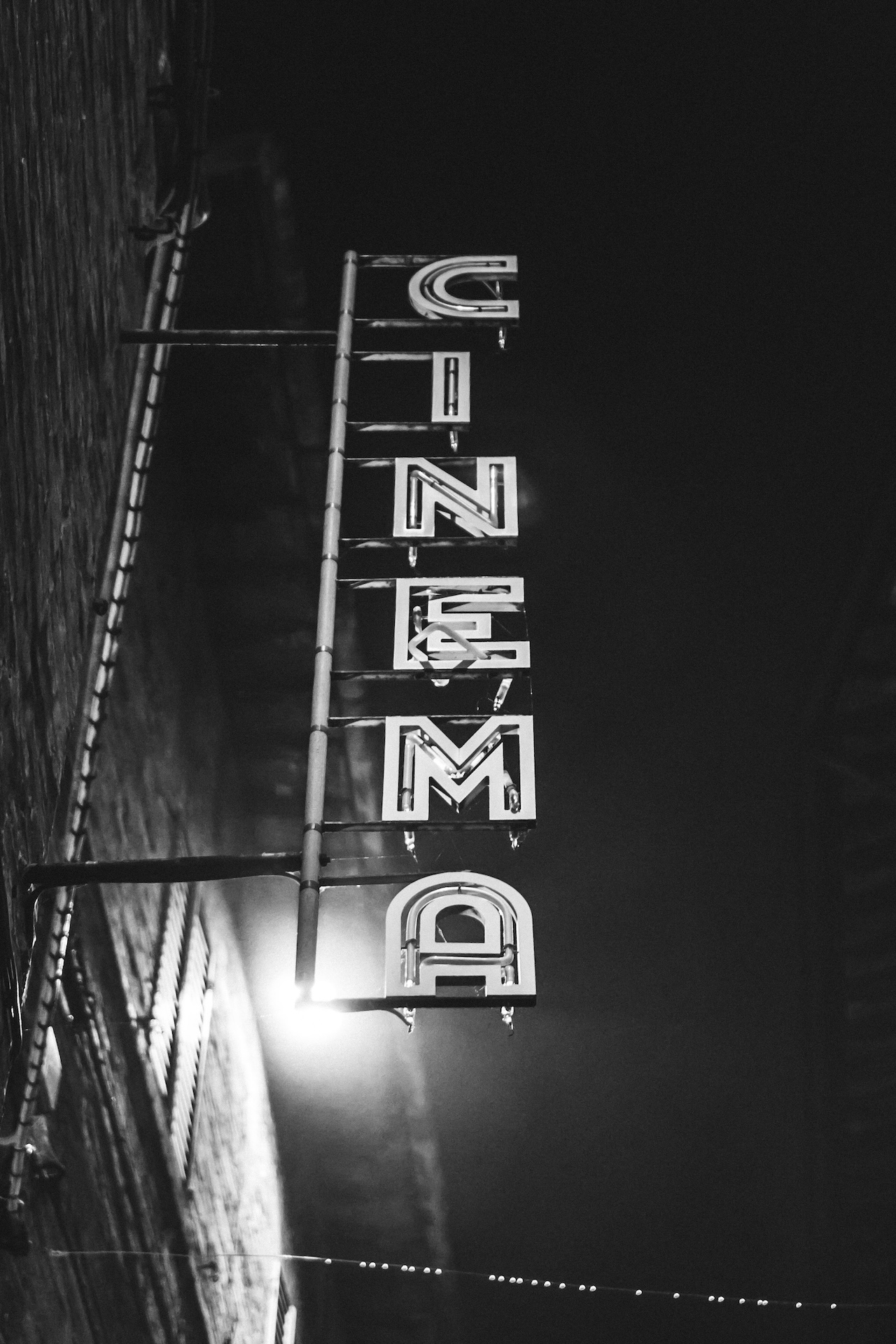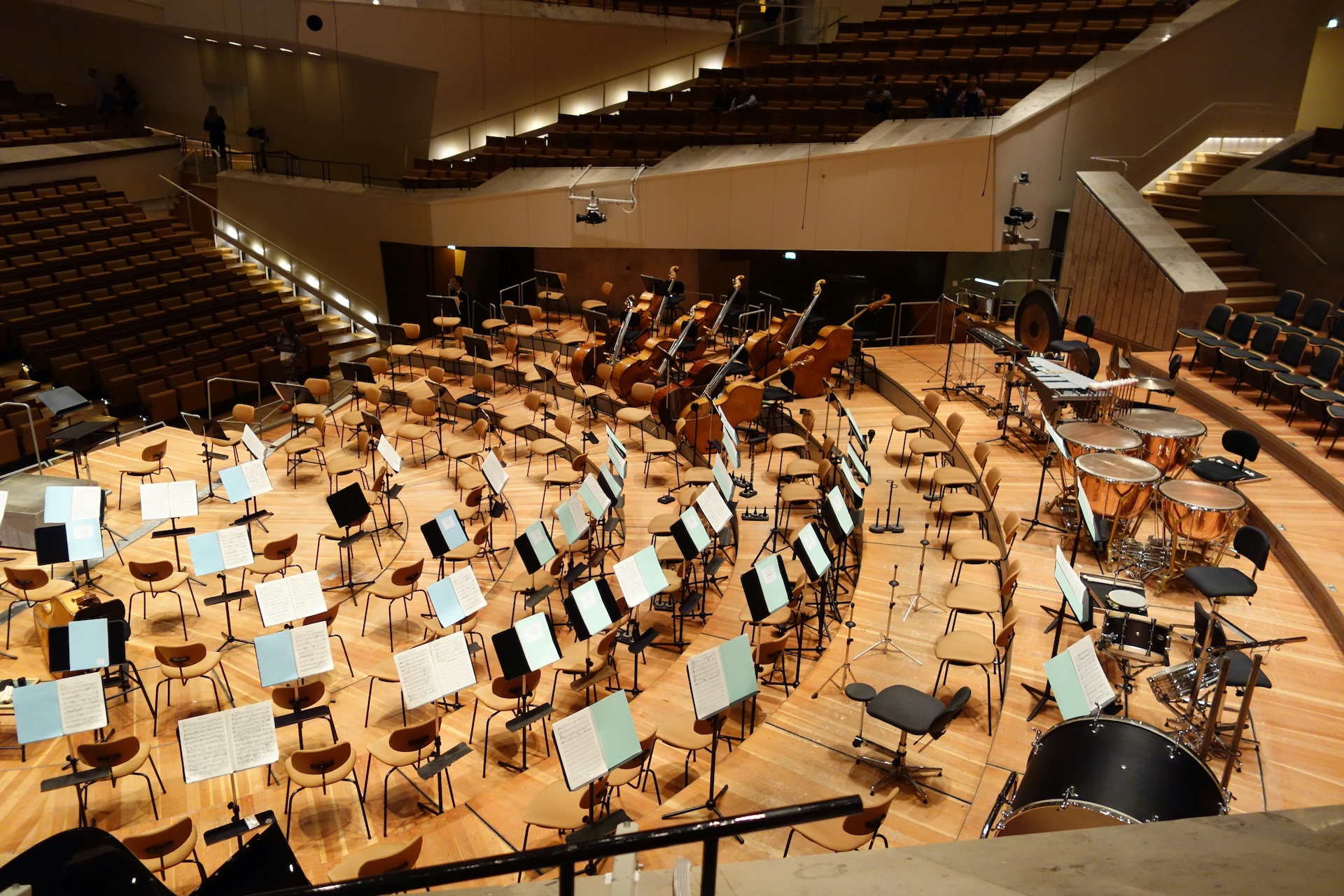Evolution of film music: From silent films to blockbusters to streaming
The evolution of film music has been and remains fascinating – from the improvised piano accompaniments of the silent film era to the iconic orchestral scores for cinema blockbusters to modern, hybrid soundtracks that seamlessly integrate into the streaming age. Each era brought with it new technical possibilities and aesthetic concepts. This article explores the key turning points and trends in the evolution of film music.
Silent film era
Even in the early days of cinema, music was more than just background music. It was essential to compensate for the lack of dialogue and sound effects and thus to keep the audience involved. Silent films were by no means truly “silent” but were almost always accompanied by live music, either played from a standardized repertoire or improvised. Pianists, organists, or even small orchestras helped to clarify the plot – and ideally provided emotional depth. Larger cinemas used specially arranged scores for this purpose early on, while smaller cinemas dominated spontaneous musical accompaniments. The choice of music was often left to the musician – a fast ragtime for a chase, melancholy strings for a sad scene, or a dramatic crescendo for a climax. Over time, these developed into collections of musical motifs and leitmotifs that served as “mood building blocks.” Some cinemas used special “cue sheets” that suggested which pieces of music might fit which film scenes. So the origins of cueing, cue sessions, and cue sheets go back surprisingly far!
Example
Camille Saint-Saëns’s score for “L’Assassinat du duc de Guise” from 1908 is considered one of the first soundtracks composed specifically for a film. I chose this lesser-known example because I consider it a pivotal moment in the development of film music. Unlike improvised or compiled pieces of music, this score had a continuous dramatic structure that was closely interwoven with the plot. This laid the foundation for the concept of the “original score”—music that not only accompanies the film, but was written specifically for it.

Introduction of sound film
The technical introduction and implementation of sound films presented the film industry with a number of challenges. Early attempts to synchronize sound and picture relied on the needle sound process. The sound was recorded on records and played back synchronously with the film during the screening. Theoretically… In practice, however, the process proved error-prone, as even the smallest inaccuracies led to asynchrony. The decisive advance was the development of the so-called optical sound process. In this process, the sound was recorded as an optical soundtrack directly onto the film strip, which enabled much more precise synchronization. This process eventually became the standard and formed the basis for modern sound film production for a long time.
Transitioning to sound film also brought about some curious challenges. Cinemas around the world had to upgrade their technical equipment to be able to play the new sound formats. Many previously successful silent actors suddenly found themselves faced with the task of using their (untrained) voices. By no means all voices met the new “ideal of beauty,” the new sonic requirements of sound recording. The result? Some careers ended abruptly, while new stars rose thanks to their distinctive voices.
Interestingly, there was also considerable skepticism about sound film at the beginning. For example, critics feared, paradoxically in retrospect, that spoken dialogue might impair the universal comprehensibility of the film. On the one hand, this was justified, because film as an art form follows the principle of ‘show, don’t tell.’ On the other hand, however, these fears were, of course, short-sighted, because sound itself opens up another artistic dimension: dialogue and silence in contrast, sound design and noises as a dramatic element—and, of course, the emotional possibilities of music.
Example
Here are two interesting examples, one international and one from Germany: The 1927 film “The Jazz Singer” is considered a milestone in the development from silent to sound film, as it was the first commercially successful sound film. Although spoken dialogue only made up a small part of the film, the potential of the new medium was clearly evident, and a rapid end to the silent film era was looming. In Germany, the 1929 production “Melodie des Herzens” marked the transition to sound film. Today, the film is considered the first fully sound-scored German feature film.

Era of orchestral scores
Between the 1930s and 1970s, film music was heavily influenced by (classical) orchestral arrangements. In this classic Hollywood era, symphonic scores dominated, with expansive leitmotifs assigned to characters or emotions. Inspired by late Romantic compositional techniques, music was used not only as background music but gradually established itself as an active narrative element.
From the 1960s onwards, new trends and pop music influences began to change the soundscape of cinema. Composers experimented with unconventional instruments, reduced orchestral structures, or combined classical music with jazz, pop, and electronic elements. These new approaches created greater sonic diversity, departed from the comparatively rigid symphonic framework of the previous decades, and placed greater emphasis on atmosphere, sounds, and minimalism.
However, with the blockbusters of the 1970s, large-scale orchestrated film music returned with a vengeance. The narrative use of leitmotifs was further refined, and orchestral scores reached a new epic dimension. Subsequently, film music was once again used more intensively as a defining feature of a film and gained popularity – both as part of the cinematic experience and independently, in the form of soundtrack albums.
Example
Two more examples, because it makes sense 🙂 and shows the range: “Once Upon a Time in the West” / “Once Upon a Time in the West” (Ennio Morricone). Morricone’s innovative use of choir, electric guitar, and sound effects made the film music an inseparable part of the film. In contrast, there is a classic score, also a Western, namely “The Magnificent Seven” by Elmer Bernstein. Bernstein’s heroic, orchestral score represents the classic Hollywood tradition that continued into the blockbuster era of the 1970s.

Age of the Synthesizer
In the 1980s and 1990s, first electronic sounds and then digital production methods entered film music. (Analog) synthesizers enabled new timbres and hybrid arrangements that went (far) beyond the classical orchestra. Soundtracks became more versatile, for example through electronic textures and the use of sounds from different musical traditions. Only the integration of popular musical styles remains a constant and has even increased since the 1960s and 1970s. Digitization enabled entirely new ways of working: composers could layer, manipulate, and adapt sounds in real time, increasingly making film music a field of sonic experimentation. As a result, film music is more flexible and diverse than ever before. Digital technologies allow a seamless connection between acoustic and electronic elements, while modern production software opens up new creative possibilities.
Example
The film score for “Akira” (Geinoh Yamashirogumi) combines synthesizers with traditional musical styles. The 1988 score combines electronic sounds with gamelan ensembles, Buddhist chants, and Japanese percussion. This fusion creates a simultaneously futuristic yet organic soundscape. A fine example of how synthesizers were not merely used as a “replacement” for orchestras in the 1980s, but were viewed and heard as a creative tool in their own right.

Streaming and the future
The right musical accompaniment can tell stories, evoke memories, and intensify feelings—in short, it creates emotional resonance. Music evokes emotions we’ve already experienced—in life or in film. At the same time, it can also trigger memories. This happens both through universally understood musical archetypes like the lullaby and through culturally influenced musical patterns. The following example illustrates how music serves as a universal language, penetrating deep into our psyche and evoking strong emotional responses, whether in films, advertising, or art installations.
Example
The score for “Arrival” (by Jóhann Jóhannsson) is an early and good example from 2016 of the transformation of film music in the streaming era. Instead of classical leitmotifs or purely orchestral arrangements, it relies on a soundscape composed of electroacoustic layers, distorted experiments with vocal tracks, and minimalist soundscapes. The score exemplifies the trend that modern film music is often characterized less by melodies than by atmospheric sound design. This development has been intensified by the digital availability of soundtracks, as music increasingly functions independently of the film as an immersive listening experience, even if its textural structure is less “typical film music.”
Summary
The evolution of film music described here demonstrates how sound and image have gradually entered into a symbiotic relationship over time. Parallel to the constant development of film technology and narrative styles, there has also been considerable movement in the field of sound/audio, for example through the introduction of synchronized sound recordings, the fusion with popular music styles, and the leap to digital production methods. These changing conditions have also led to film music, and above all its use, being “reinvented.” Regardless of all the technical innovations, the core function of film music remains and has remained the same: It intensifies emotions, creates a certain atmosphere, and thereby gives films an audible, invisible, yet indispensable narrative dimension. And perhaps it is precisely this invisibility that makes film music one of the most effective art forms of all.
- Silent film era
- Introduction of sound film
- Era of orchestral scores
- Age of the Synthesizer
- Streaming and the future
Kontakt
JP Composers
Julian Pešek (Einzeluntermehmer)
Südstraße 45
04178 Leipzig
Telefon: +49 171 9101572
Mail: julian@jp-composers.com
